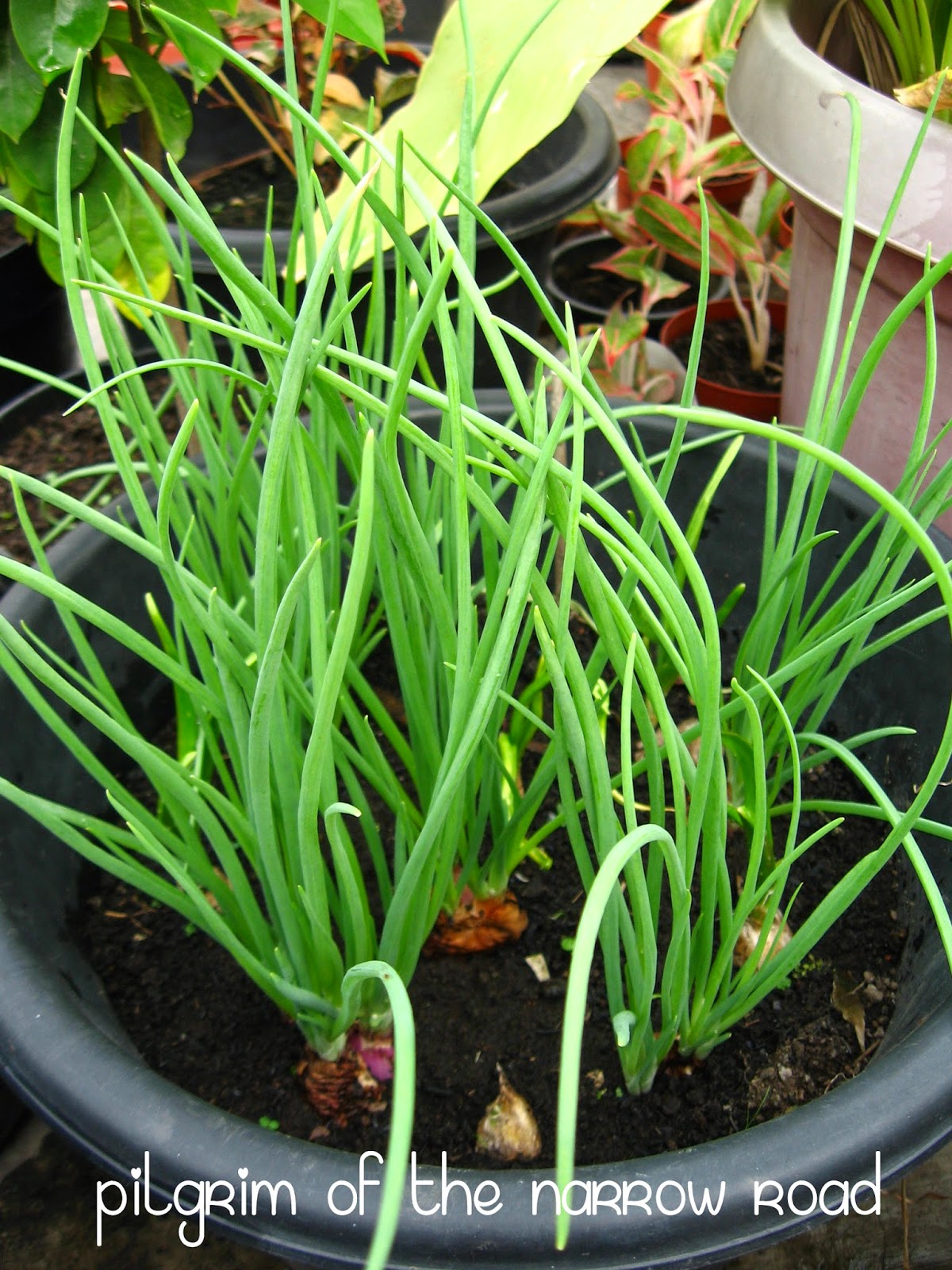It's been one and a half year since I started gardening. It feels like a long time already. Gardening has been integrated into my life and routines. The journey started with a pack of tomato seeds but now has expanded into a garden full of plants.
This is the view out of the door of the second storey, where my rooftop container garden is.
As you can see, my rooftop has turned into a real garden, full of plants, from fruit and citrus trees, to veggies, flowers, shrubs and ornamental plants.
Some of these local roses plants have not been repotted. I need to to do so soonest possible since they are in need of more nutrients in order to thrive. I have repotted half of the plants though. On the left top and below pots, I propagated pothos in self-watering containers.
This is the right side of my garden last year, where my mango tree was fruiting for the first time. But after a storm ravaged my garden, I had to removed my mango plants to the left side of the rooftop in order to avoid the flow of wind.
And this is the arrangement today. I mostly placed my ornamental plants and spices like ginger, turmeric, galangal, and onions here. They are not as tall as fruit trees so it wouldn't be dangerous if the storms hit.
As it is on the west side, the walls will help protect the fragile ornamental plants from the scorching afternoon sun.
This is the east side of the garden, where I put my mango and lemon trees and some veggies. This part of the garden is a bit shaded from the strong wind, which usually flows in from the back of the garden, which is the North side.
And in the middle, I place mostly the citrus trees (kaffir lime, limes and kumquat), soursop trees and Bougenvilles.
Against the front walls, I place my Amarylis and some ornamental plants, plus 3 veggie beds in self-watering containers, papaya, longan and lemon trees.
Only in a year and a half, my grafted Arum Manis mango tree has grown into this size after the repotting. It is now fruiting for
the second time.
And this is my Nam Dok Mai mango tree, fruiting for the first time.
Apart from those, I have done a lot of propagation from new shoots and also cuttings, such as these ornamental plants.
Look at the galangal plants I propagated from the roots I bought from the market. Indonesian kitchen use galangal, ginger, turmeric and lemongrass a lot in cookings. It's always a good idea to have them in your kitchen garden. It's also very easy to plant them.
And at the backcover, my mother-in-laws tongue plants have multiplied and need to be repotted soon. See, how easy it is to propagate most of the plants.
From last season, I managed to harvest some red basil seeds. Apparently, red basil do not seed as much and often as my sweet basil, but it's enough to start a new batch of plants.
This is my passion fruit plant, from the variety of Passiflora Edulis. I also propagated this plant through seeds I saved from local passion fruit, while the same variety seeds I bought from a seed seller from Canada, has not successfully germinated.
This is the Azalea flower that I propagated through cuttings. I usually propagate plants from cuttings without using the help of growth hormone substance at all. I simply tuck them into the moist soil and place the container in the shade for a week or two and keep the soil moist. Now, I put the pots inside a non-transparent white plastic bag and keep them indoors to root for 2 weeks.
After my first success planting pineapple, I recycled the plant by transplanting the crown, sucker and ratoons. After they root, I will repot them into their bigger and final containers like
the black one below.
Currently, I'm growing okra, more oinions, kale, swiss chard, yellow flesh watermelons, Marizold tomatoes, and more lemons. I also germinated many other plants which failed to germinate like adeniums, dill, Greek oregano, annonna squamosa, pomegranate,Tobolks tomato, and Pompom Dahlia.






































